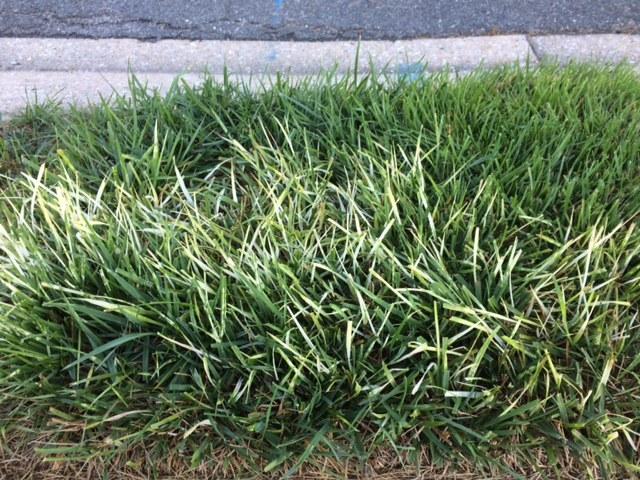Chemical injury on lawns is often associated with the misapplication of chemicals that are labeled for use on lawns. Common lawn herbicides are available under different trade names with varying formulations and concentrations. For this reason, is extremely important to read and follow label directions carefully. Herbicide applications can result in injury when herbicide run-off or drift causes contact with non-target areas, when the herbicide is applied at the wrong rate or when the wrong chemical is used for the job.

Photo: Doug Doohan, Ohio State University/ OARDC, Bugwood.org
Weather conditions (temperature, wind, rainfall) during and just after herbicide application can contribute to chemical injury. Do not spray when the temperature is over 85°F as turfgrass damage may result. Some product formulations are prone to volatilization and a slight breeze may cause drifting. Rainfall soon after the herbicide application may cause run-off. Walking or driving through an area recently treated with a non-selective herbicide to an untreated area can cause damage to the untreated area. Be sure to wash sprayers thoroughly after use because herbicide residue can remain and damage plants or turf in subsequent use. Checking the weather prior to application, using caution when handling chemicals, as well as reading and following label directions can help to avoid chemical injury.
Grass blades turning white

The herbicide Tenacity (Mesotrione) can temporarily whiten grass blades. According to the product label “Tenacity may cause temporary whitening of turfgrass foliage. In general, symptoms appear five to seven days after application and lasts for several weeks.” This is not considered herbicide damage but occurs due to the herbicide's mode of action. Tenacity inhibits a plant enzyme that is essential for photosynthesis and interferes with chlorophyll production.
